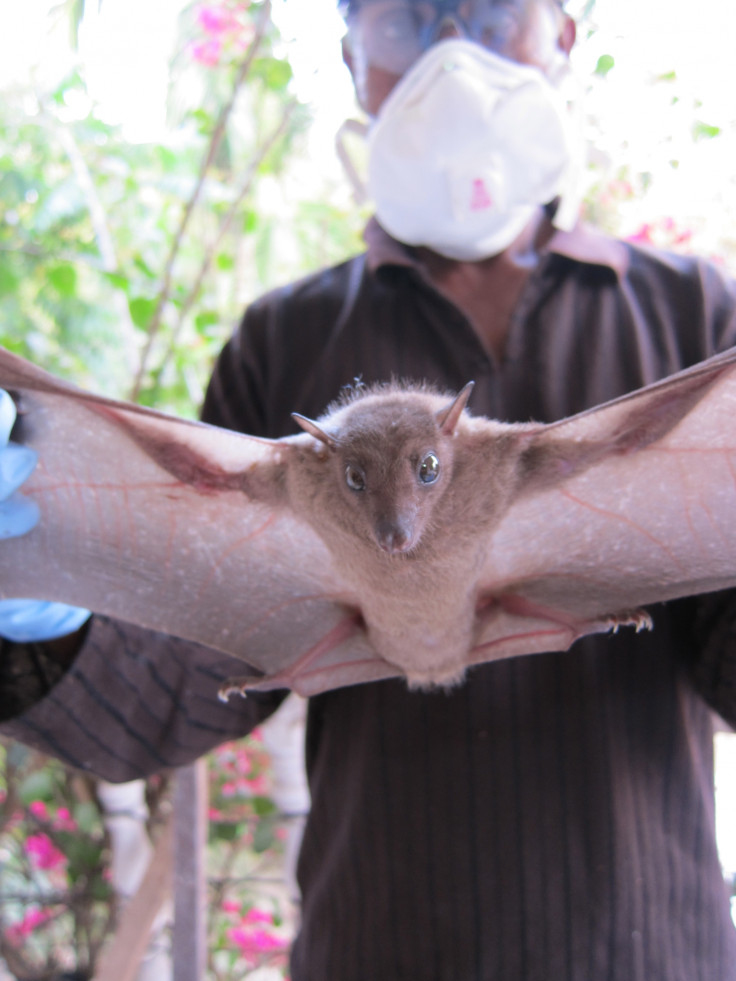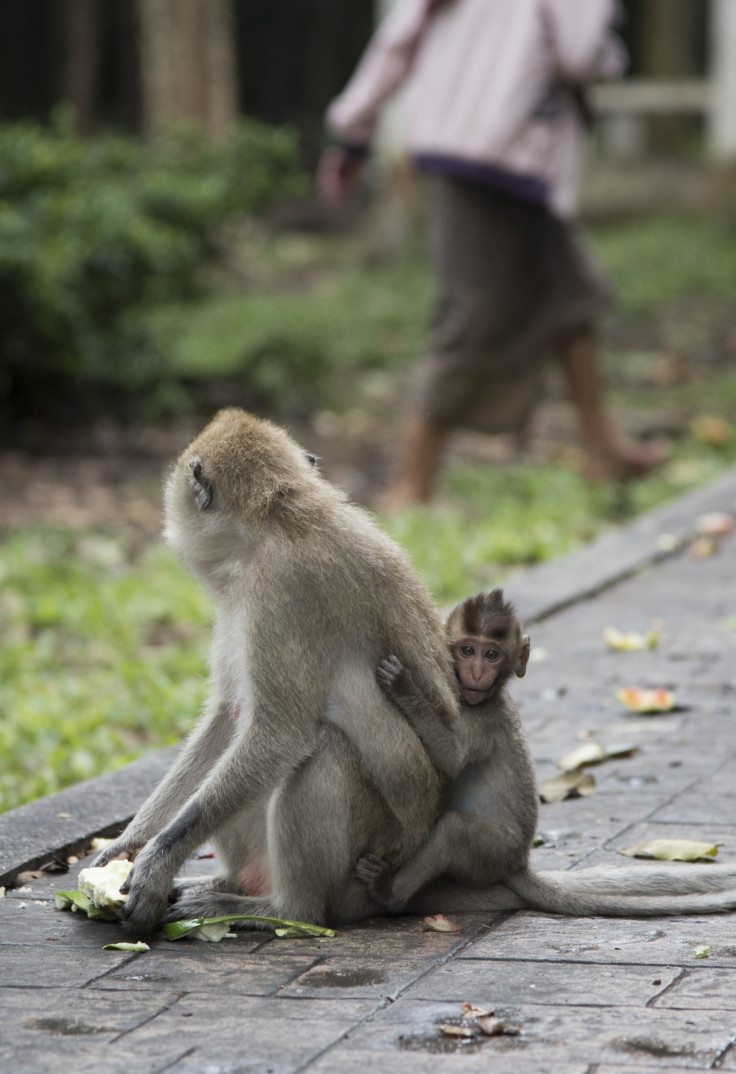Scientists locate where the most deadly 'missing viruses' are hiding
How can you tell where an undiscovered virus will emerge that could infect humans?
Imagine if we could halt diseases like HIV, Ebola and SARS before the first human had even fallen ill. Scientists have found a way to track down the most likely origins for future infectious diseases, offering hope for stopping outbreaks before they start.
Many of the most deadly human diseases jump to people from other species. HIV and Ebola originated in other primates and SARS is thought to have come from bats. Now scientists think they know which viruses are most likely to leap from an animal host to humans, which animals pose the most danger of passing on such a virus, and where a transmission event is most likely to happen. The study is published in the journal Nature.
Spotting where a disease might emerge is a tricky process that hasn't been attempted in such a comprehensive way before. It's made harder because animal hosts don't show many clues that a virus they carry could be deadly to humans. The animals have adapted to them over many thousands or millions of years to tolerate them and remain healthy.
"We see that over and over again. These viruses seem to not cause too much impact on their host but when they shift over to a new species that's not adapted to it there can be a big impact," study author Kevin Olival told IBTimes UK.
But analysing a huge range of interactions between viruses and mammals – a total of 2,800 – a predictable pattern began to emerge. Having such a large number of cases to work from was the key to that. Of 586 viral species found in animals, 45% had also been detected in humans. Another striking figure was the sheer number of human viruses that had an animal origin: a total of 72%.
"The diversity of hosts that that virus was been known to infect was the strongest predictor of whether or not it would jump into people," said Olival, who is a disease ecologist at EcoHealth Alliance, a non-profit that aims to predict and prevent the next pandemic.
Species-hopping
Many human viruses caught from animals were of this versatile kind, such as the Nipah virus, which was transmitted from pigs. Other traits of the virus, also made them more likely to move to humans, such as being carried by a vector. The Zika is an example of one such virus.

By looking at these traits, several viruses came up that have not yet been detected in humans but seem poised to make the leap. Viruses in the Bunyaviridae family, for example, tick most of the boxes for being a likely candidate for human transmission.
"This is a useful analysis for thinking about viral ranking of newly discovered viruses. I think we'll be able to refine this approach over time, but it's a first big attempt to do this across all mammal viruses," Olival said.
Identifying which mammal species would be the most productive to study, which could be hosting the 'missing viruses' not yet discovered is the most important aspect of this work, said virologist Juliet Bryant of the International Centre for Infectious Diseases Research in France.
Risky carriers
Certain mammals stood out as the most likely hosts to pass on viruses in different geographical regions. Bats were most likely to pass viral diseases onto humans in South and Central America. Primates were more likely to pass them on in parts of South America, Africa and South-east Asia. Rodents such as rats were most likely to pass on disease in North America, South America and Central Africa.
"This study tells us where the viruses are hiding around the world, including those that have the potential to infect people," Olival said.
"The next step is going out there and finding them. Then we can sequence their genomes to understand them in much more detail."

Working towards prevention
But what about going beyond prediction, and stopping these diseases before they have broken out? Although more work is needed to get to that stage, this could eventually become a reality.
"It's not too much to hope," Olival said.
However, if this indeed does become possible is likely to be some years off. And not everyone is convinced.
"The initial jump of a virus from non-human to human is just the first step in a very long process of emergence. Surely what really matters is whether there are systems in place to detect human cases of something new, and health systems that could be ready to respond by helping ensure containment," said Bryant.
"Let's not kid ourselves that the ability to predict the presence of unknown viruses will lead to societal benefits."
Perhaps a more immediate benefit the study could provide is in prevention by taking more caution when developing towns and infrastructure in wild areas. The closer we come to wild animals' habitats and the more we interact with them, the more opportunity we give viruses to transmit to humans.
"Species that overlap more with human populations tend to host more of these viruses," Olival said.
"The diseases are out there in nature, in these animals living out in the forest. What is really causing them to emerge is human disruption of their habitats."
© Copyright IBTimes 2025. All rights reserved.




















